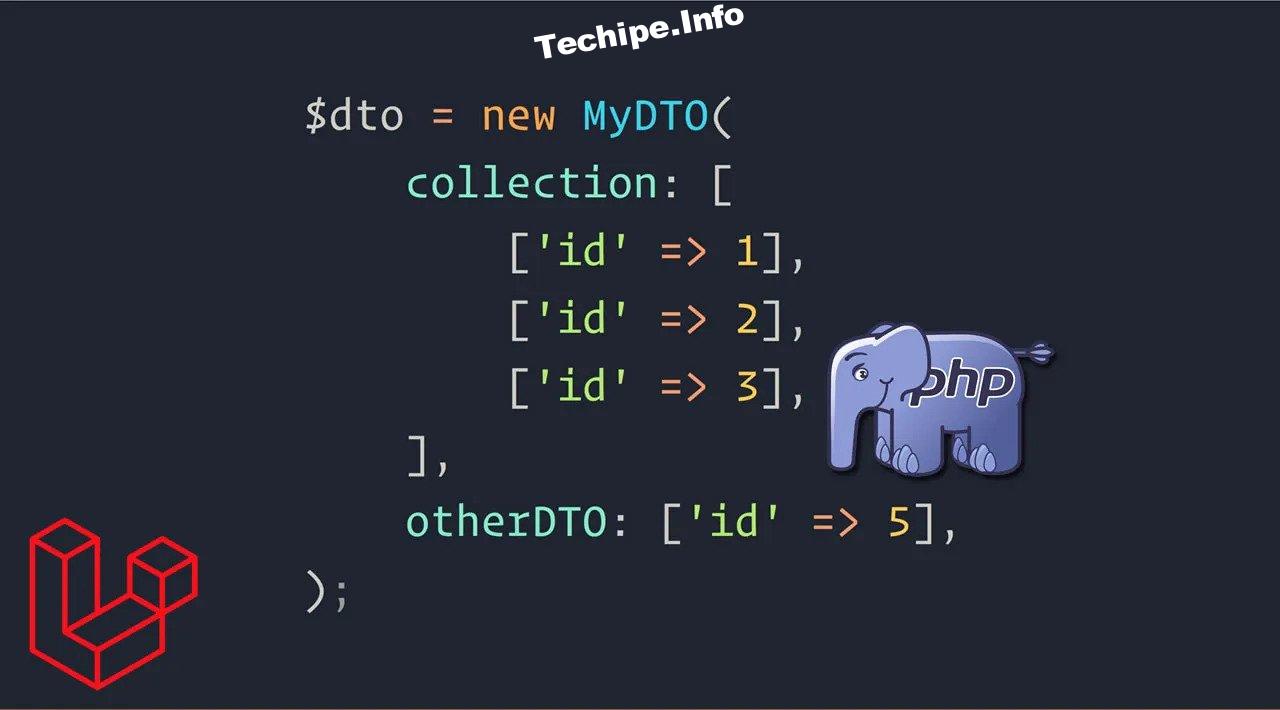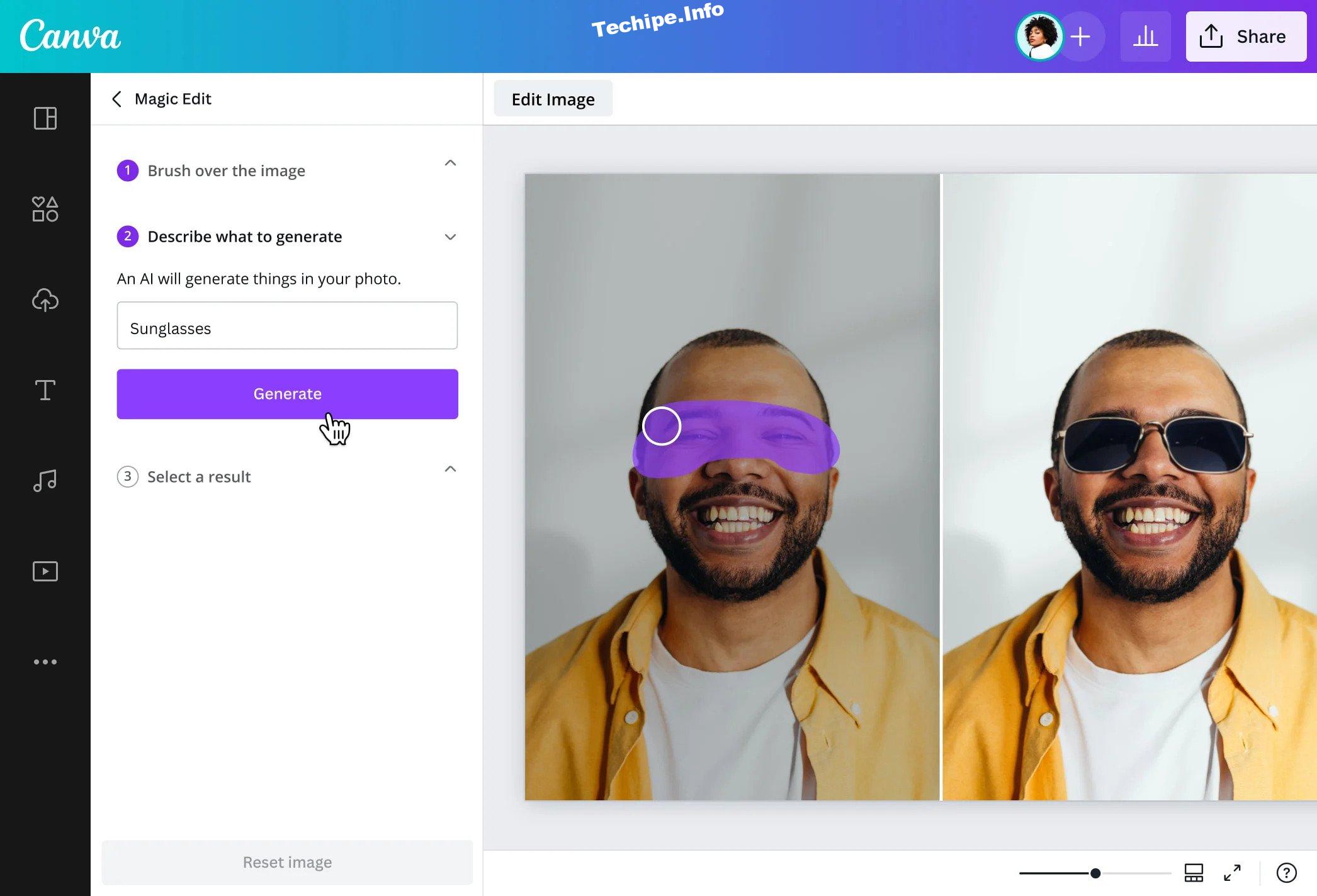Introduction
One powerful tool that aids in this process is the Spatie Data Transfer Object (DTO). In PHP development, handling and manipulating data efficiently is crucial for creating robust and maintainable applications. DTOs provide a convenient way to define and manage data structures, enabling developers to encapsulate data and its associated behavior. In this article, we will explore the concept of Spatie DTOs and how they can simplify data handling in PHP applications.
What is a Data Transfer Object?
A Data Transfer Object (DTO) is a design pattern commonly used in software development to transfer data between different layers or components of an application. It encapsulates data and provides a standardized way to access and manipulate it. DTOs are typically used to transfer data across boundaries, such as between a client and a server, or between different layers of an application.
The Benefits of Using Spatie Spatie Data Transfer Object
When it comes to handling data in PHP applications, Spatie DTOs offer several advantages:
Improved Readability and Maintainability
By using DTOs, you can define explicit data structures that clearly represent the information being transferred. This enhances the readability of your codebase and makes it easier for other developers to understand and maintain the application.
Encapsulation of Data and Behavior
Spatie DTOs allow you to encapsulate both data and the logic associated with that data within a single object. This promotes the principles of object-oriented programming (OOP) and helps maintain a clean separation of concerns in your code.
Easy Data Validation
DTOs can enforce data validation rules, ensuring that the data being transferred is valid and meets certain criteria. Spatie DTOs provide built-in validation features that allow you to define rules for each property, making it simple to validate incoming data.
Data Transformation and Mapping
Spatie DTOs also offer data transformation capabilities, allowing you to transform and map data from one format to another. This is particularly useful when dealing with external APIs or when the data needs to be presented in a different format within your application.
Releted Post: Perplexity AI: Unraveling the Complexity of Artificial Intelligence in 2023
Getting Started with Spatie DTOs
To begin using Spatie DTOs in your PHP projects, you first need to install the spatie/data-transfer-object package. You can do this using Composer, the dependency management tool for PHP:
composer require spatie/data-transfer-object
Once installed, you can start leveraging the power of Spatie DTOs in your codebase.
Defining a Spatie DTO
To define a Spatie DTO, you need to create a new class that extends the Spatie\DataTransferObject\DataTransferObject base class. Let’s say we want to create a DTO to represent a user’s profile information. Here’s an example of how the DTO class could be defined:
use Spatie\DataTransferObject\DataTransferObject;
class UserProfileDTO extends DataTransferObject
{
public string $firstName;
public string $lastName;
public string $email;
public ?string $phoneNumber;
}
In this example, we have defined a UserProfileDTO class with four properties: firstName, lastName, email, and phoneNumber. The $phoneNumber property is nullable, denoted by the ? symbol.
Working with Spatie DTOs
Once you have defined a Spatie DTO, you can create instances of it and populate its properties using an associative array:
$userData = [
'firstName' => 'John',
'lastName' => 'Doe',
'email' => '[email protected]',
'phoneNumber' => '1234567890',
];By passing the $userData array to the DTO’s constructor, the properties of the DTO will be automatically populated with the corresponding values.
Validating Data in Spatie DTOs
Spatie DTOs provide built-in validation capabilities through the use of validation rules. You can define validation rules for each property using the rules() method in your DTO class:
use Spatie\DataTransferObject\DataTransferObject;
class UserProfileDTO extends DataTransferObject
{
// …
public static function rules(): array
{
return [
‘firstName’ => ‘required|string’,
‘lastName’ => ‘required|string’,
’email’ => ‘required|email’,
‘phoneNumber’ => ‘nullable|string’,
];
}
}
In this example, we have defined validation rules using Laravel’s validation syntax. The required rule ensures that the specified properties are present and not empty, while the string and email rules validate the format of the data.
To validate a Spatie DTO instance, you can call the validate() method:
$userProfile->validate();
If any validation rules fail, an exception will be thrown, indicating the validation errors.
Transforming Data with Spatie DTOs
One of the powerful features of Spatie DTOs is the ability to transform data during assignment. This can be done by defining a set method for a specific property in your DTO class:
use Spatie\DataTransferObject\DataTransferObject;
class UserProfileDTO extends DataTransferObject
{
// …
public function setPhoneNumber(string $phoneNumber): void
{
$this->phoneNumber = formatPhoneNumber($phoneNumber);
}
}
In this example, the setPhoneNumber method is called whenever the phoneNumber property is assigned a value. Inside the method, you can perform any necessary transformations or manipulations on the data before it is stored in the DTO.
Using Spatie DTOs in Laravel Applications
If you are using the Laravel framework, Spatie DTOs integrate seamlessly with Laravel’s validation and form request features. You can use DTOs as input models for your controllers or form requests, simplifying the data handling process.
To use a DTO in a Laravel form request, you can define a data method that returns an instance of your DTO:
use App\DTO\UserProfileDTO;
use Illuminate\Foundation\Http\FormRequest;{
// …
{
return new UserProfileDTO($this->validated());
}
}
By returning a DTO instance from the data method, you can access the validated form input conveniently in your controller or other parts of your application.
Best Practices for Using Spatie DTOs
To make the most out of Spatie DTOs, consider the following best practices:
- Keep DTOs focused: Define DTOs for specific use cases or data structures, rather than creating a single DTO for all data. This helps maintain a clear and concise codebase.
- Avoid business logic in DTOs: DTOs should primarily focus on data transfer and validation. Keep business logic separate in other parts of your application.
- Consider immutability: Immutable DTOs can help ensure data integrity and prevent unexpected changes. Consider making your DTO properties read-only to enforce immutability.
10. Performance Considerations
While Spatie DTOs provide powerful features for data handling, it’s important to consider performance implications when working with large datasets. Creating DTO instances and performing data transformations may introduce overhead in terms of memory usage and processing time. Be mindful of your application’s performance requirements and use DTOs judiciously.
Conclusion
Spatie Data Transfer Objects (DTOs) offer a valuable tool for simplifying data handling in PHP applications. By using DTOs, you can encapsulate data and its associated behavior, improve readability, validate incoming data, and perform data transformations. With Spatie DTOs, PHP developers can build more maintainable and robust applications with ease.
FAQs
Are Spatie DTOs limited to Laravel applications?
No, Spatie DTOs can be used in any PHP application, including those built without the Laravel framework.
Can I nest DTOs within each other?
Yes, you can define DTOs that contain other DTOs as properties, allowing you to represent complex data structures.
Are DTOs suitable for all types of data?
DTOs are particularly useful for representing structured data, such as API payloads, form inputs, or database records.
Can I use Spatie DTOs with other validation libraries?
Yes, Spatie DTOs can work alongside other validation libraries or frameworks. You can define custom validation rules or use existing ones provided by your preferred validation solution.
Where can I find more information about Spatie DTOs?
You can find comprehensive documentation and examples of using Spatie DTOs on the official Spatie website or the package's GitHub repository.







Leave a Reply